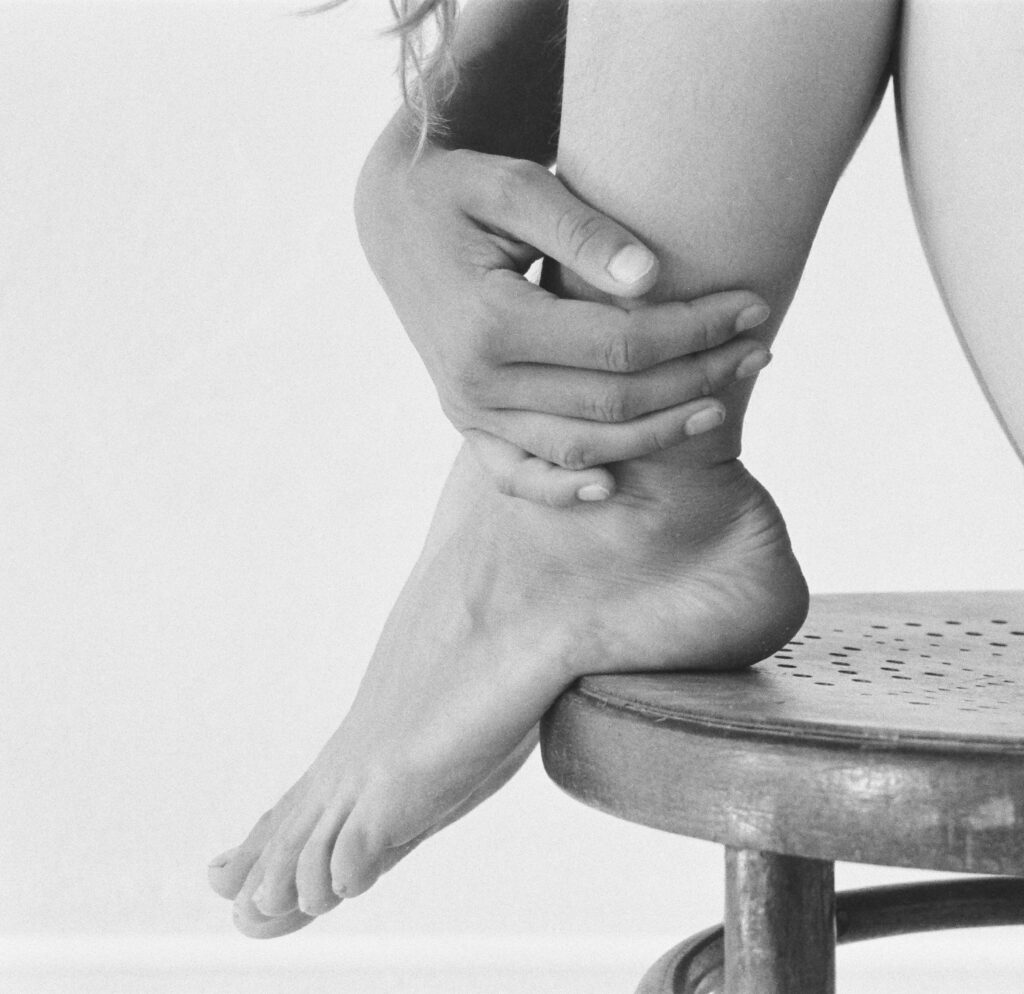Physical Therapy for Flat Feet: Strengthening, Recovery, and Prevention
Introduction
Physical therapy can help people with flat feet, a condition where the arch of the foot collapses while standing. With physical therapy, people affected by flat feet can find relief to reduce their discomfort and improve their mobility. Physical therapists are highly skilled professionals who use a variety of treatments tailored to each individual’s needs to help them recover from injury or illness. Physical therapists design personalized treatment plans to help their patients recover from a variety of conditions, including flat feet.
What to Expect at Physical Therapy
When you go to physical therapy for flat feet, your therapist will begin by assessing your condition. This assessment is a comprehensive evaluation of the current state of your foot and ankles, including range of motion and strength. Based on these findings, they’ll create a personalized treatment plan to address any issues that may be present. This plan will likely include exercises, stretches, and manual therapy techniques to help improve the strength and range of motion in your foot and ankle.
Your physical therapist may also use other treatments such as ultrasound, electrical stimulation, or ice/heat therapy to help reduce inflammation and pain. Depending on the severity of your condition, they may recommend additional measures such as orthotics or arch supports. Whatever the treatment plan is, it will be designed to help you relieve your pain and improve your mobility.
What Types of Exercises You Might Do
Below are some examples of the exercises that you might do as part of physical therapy for flat feet:
Calf stretches to lengthen the calf muscles and improve range of motion in the ankle
Ankle circles/rotations to improve ankle mobility
Foot pronation and supination exercises to help strengthen the muscles that support the arch of your foot
Single leg balance exercises (such as standing on one foot) to build strength in the lower leg and ankle
Toe curls to improve flexibility and range of motion in the toes
Calf raises to help strengthen the muscles in your lower leg
Pelvic tilts to improve posture and reduce strain on the feet
These exercises are designed to help you improve your strength, flexibility, and range of motion. Your physical therapist can provide modifications or variations if any of these exercises don’t suit your needs.
How Long Recovery Takes
The recovery time for flat feet and other foot conditions usually depends on the severity of your condition. If you have a mild case of flat feet, physical therapy may help improve your symptoms within a few weeks or months. Severe cases may take longer to heal and require more frequent visits to the physical therapist.
How Physical Therapy Prevents Reinjury
Physical therapy can not only help treat existing conditions, but it can also help prevent reinjury. Strengthening the muscles and joints in your lower body can help improve your balance and coordination. This will reduce the risk of falls or other injuries that could cause further damage to your feet. Additionally, physical therapy sessions may include education on proper posture, stretching, and footwear selection to help you stay safe during everyday activities.
Conclusion
Physical therapy is an effective treatment for people with flat feet and other foot conditions. It can help improve strength, flexibility, and range of motion in your lower body while also helping to reduce future reinjury. If you are suffering from a foot condition, it’s important to speak to your doctor or physical therapist about the best treatment options available for you.

